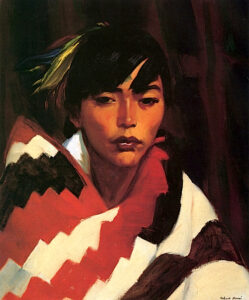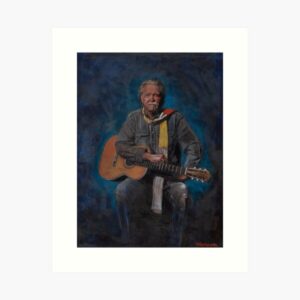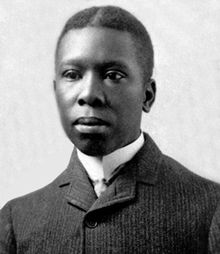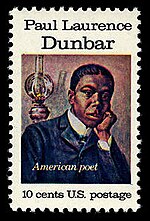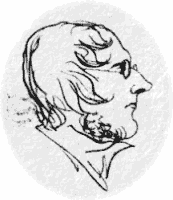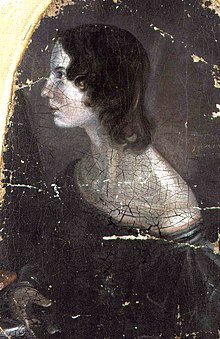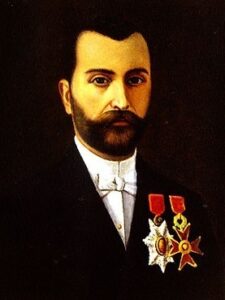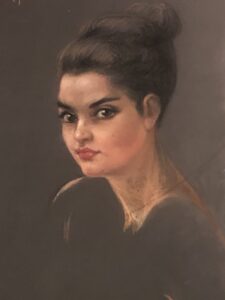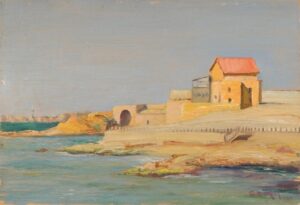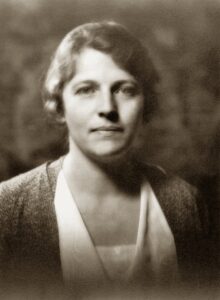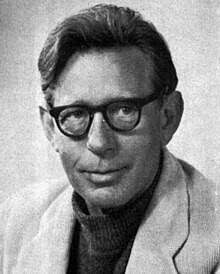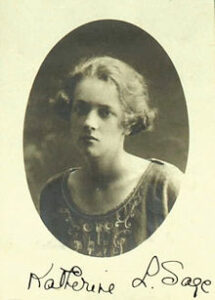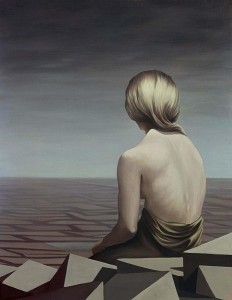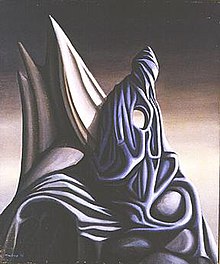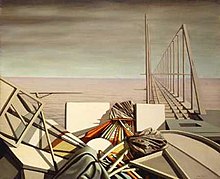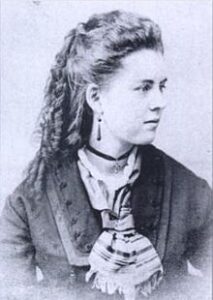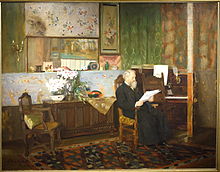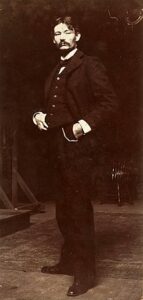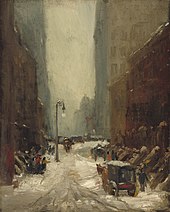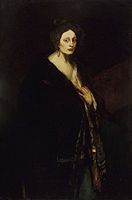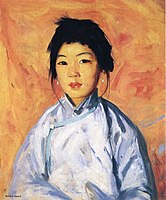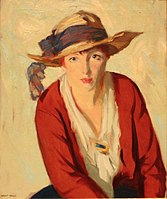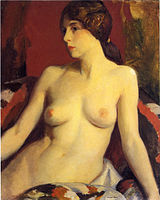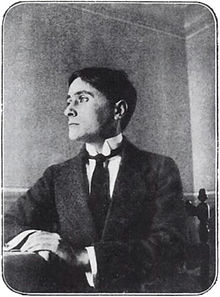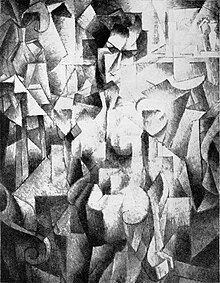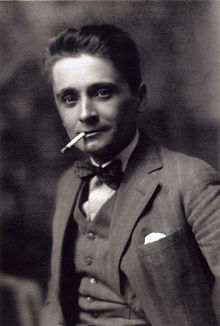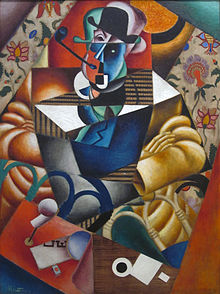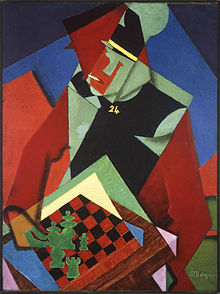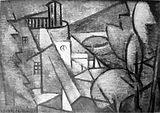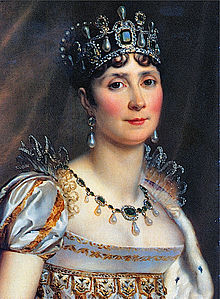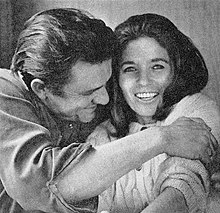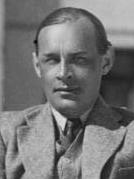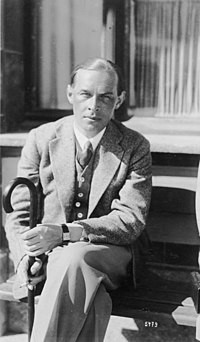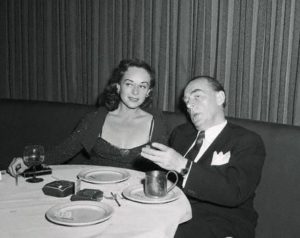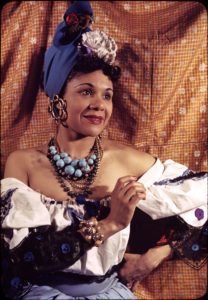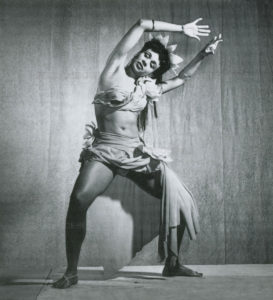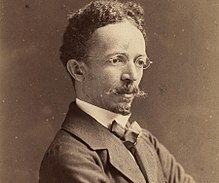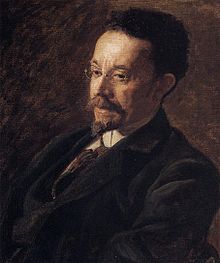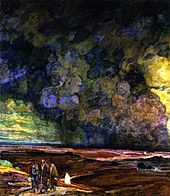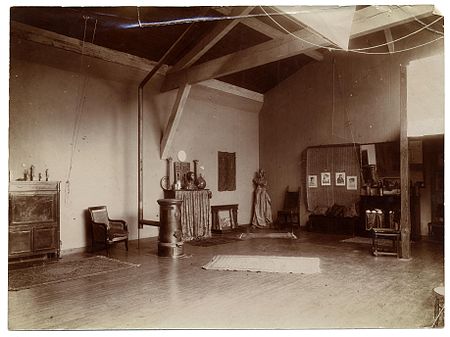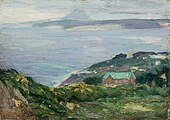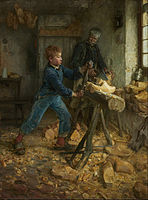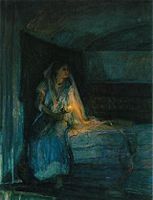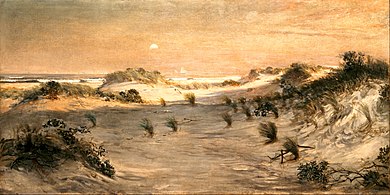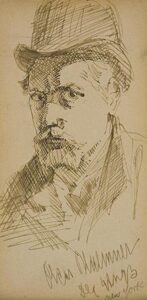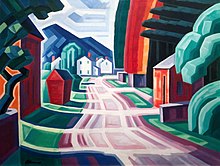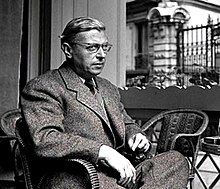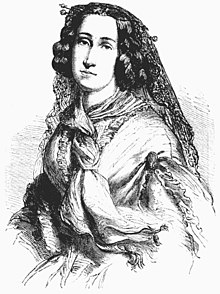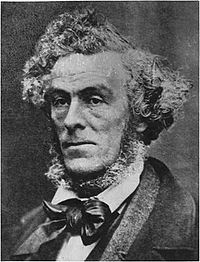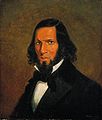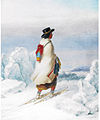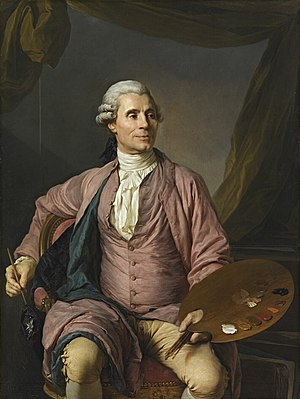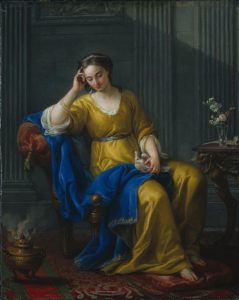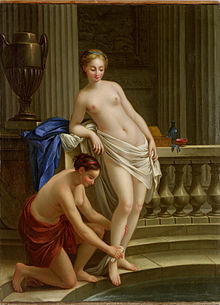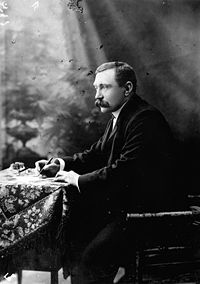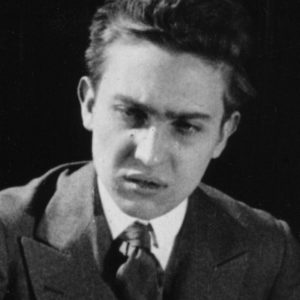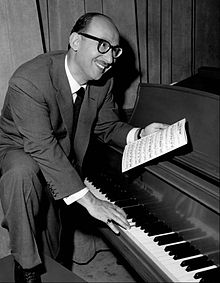Dear Zazie, Here is today’s Lovers’ Chronicle from Mac Tag. Rhett
The Lovers’ Chronicle
Dear Muse,
© copyright 2020 mac tag/cowboy coleridge all rights reserved
a fire to pass on
a need to thrive
to surprise
daydream believin’
never satisfied
with ordinary
the experiences are strong,
the dreams are stronger
the journey continues
not forgettin’ the way
nor what matters most,
weavin’ this vision
altogether with you
© copyright 2018 mac tag/cowboy coleridge all rights reserved
all right y’all…
it has been
almost two weeks
prob’ly time to git
all existential
but not maudlin
no never that
so ask away…
“Did you think you
were going to die?”
no, never did
“Did you think you
were going to
see your mama
and your Daddy?”
nope, never thought
about them
never saw a light
or heard any angels
did not wonder
if it was my time
did not see my life
flashin’ before my eyes
“Have you thought
about why you didn’t?”
oh i s’pose
too arrogant,
or confident
too stubborn,
or stupid
prob’ly
all of the above
“Have you thanked God?”
that was not necessary
“Is this going
to change your life?”
when you say life,
i hear verse
no, this will not
change my verse
i will continue
to write to live
and live to write
© copyright 2016 Mac tag all rights reserved
tutored in the mornin’s,
spent the afternoons
with a wisdom
encrusted cowboy
who told stories
of the old mortality
© copyright 2013 mac tag/cowboy coleridge all rights reserved
Today (27 June 2012) is a sadder day than normal here at the ranch. I learned this mornin’ of the death of songwriter, artist, muse and wife of Guy Clark, Susanna Clark. She died in her sleep at the age of 73. She died in her sleep at the age of 73. He is one of my favorite songwriters and singers. In one of the songs she inspired, “Stuff That Works” he wrote:
I got a woman I love
She’s crazy and paints like God
She’s got a playground sense of justice
she won’t take odds
I got a tattoo with her name
right through my soul
I think everything she touches
turns to gold
The Song of the Day is “Stuff That Works” by Guy Clark – http://www.youtube.com/watch?v=lgCyXw2EWuA&feature=related.
Requiescat in Pace Susanna Clark (1939 – 2012).
Gallery
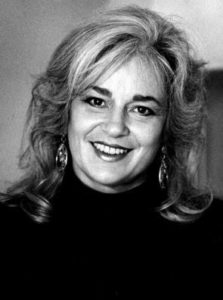
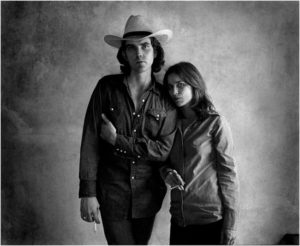
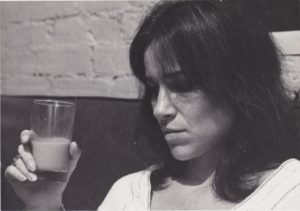
Today is the birthday of Paul Laurence Dunbar (Dayton, Ohio; June 27, 1872 – February 9, 1906 Dayton); poet, novelist, and playwright of the late 19th and early 20th centuries. Born to parents who had been enslaved in Kentucky before the American Civil War, Dunbar began to write stories and verse when still a child; he was president of his high school’s literary society. He published his first poems at the age of 16 in a Dayton newspaper.Much of Dunbar’s more popular work in his lifetime was written in the “Negro dialect” associated with the antebellum South, though he also used the Midwestern regional dialect of James Whitcomb Riley. Dunbar’s work was praised by William Dean Howells, a leading editor associated with the Harper’s Weekly, and Dunbar was one of the first African-American writers to establish an international reputation. He wrote the lyrics for the musical comedy In Dahomey (1903), the first all-African-American musical produced on Broadway in New York. The musical later toured in the United States and the United Kingdom.
Dunbar also wrote in conventional English in other poetry and novels. Since the late 20th century, scholars have become more interested in these other works. Suffering from tuberculosis, which then had no cure, Dunbar died in Dayton Ohio at the age of 33.

Dunbar married Alice Ruth Moore, on March 6, 1898. She was a teacher and poet from New Orleans whom he had met three years earlier. Dunbar called her “the sweetest, smartest little girl I ever saw”. A graduate of Straight University (now Dillard University), a historically black college, Moore is best known for her short story collection, Violets. She and her husband also wrote books of poetry as companion pieces. An account of their love, life and marriage was portrayed in Oak and Ivy, a 2001 play by Kathleen McGhee-Anderson.
In October 1897 Dunbar took a job at the Library of Congress in Washington, DC. He and his wife moved to the capital, where they lived in the comfortable LeDroit Park neighborhood. At the urging of his wife, Dunbar soon left the job to focus on his writing, which he promoted through public readings.
In 1900, he was diagnosed with tuberculosis (TB), then often fatal, and his doctors recommended drinking whisky to alleviate his symptoms. On the advice of his doctors, he moved to Colorado with his wife, as the cold, dry mountain air was considered favorable for TB patients. Dunbar and his wife separated in 1902, but they never divorced. Depression and declining health drove him to a dependence on alcohol, which further damaged his health.
Dunbar returned to Dayton in 1904 to be with his mother. He died of tuberculosis on February 9, 1906, at the age of 33. He was interred in the Woodland Cemetery in Dayton.
- I know what the caged bird feels, alas!
When the sun is bright on the upland slopes;
When the wind blows soft through the springing grass,
And the river floats like a stream of glass;
When the first bird sings and the first bud opes,
And the faint perfume from its chalice steals—
I know what the caged bird feels! - I know why the caged bird beats his wing
Till its blood is red on the cruel bars;
For he must fly back to his perch and cling
When he fain would be on the bough a-swing;
And a pain still throbs in the old, old scars
And they pulse again with a keener sting—
I know why he beats his wing! - I know why the caged bird sings, ah me,
When his wing is bruised and his bosom sore,—
When he beats his bars and he would be free;
It is not a carol of joy or glee,
But a prayer that he sends from his heart’s deep core,
But a plea that upward to Heaven he flings—
I know why the caged bird sings!- Sympathy, in the 1913 collection of his work, The Complete Poems of Paul Laurence Dunbar; the poem inspired the title of Maya Angelou‘s book, Why the Caged Bird Sings.
- We wear the mask that grins and lies,
It hides our cheeks and shades our eyes,—
This debt we pay to human guile;
With torn and bleeding hearts we smile,
And mouth with myriad subtleties. - Why should the world be over-wise,
In counting all our tears and sighs?
Nay, let them only see us, while
We wear the mask. - We smile, but, O great Christ, our cries
To thee from tortured souls arise.
We sing, but oh the clay is vile
Beneath our feet, and long the mile;
But let the world dream otherwise,
We wear the mask!- We Wear The Mask, in the 1913 collection of his work, The Complete Poems of Paul Laurence Dunbar.
Mac Tag
L’amour n’est qu’un feu à transmettre. Le feu n’est qu’un amour à surprendre.
Le rêve est plus fort que l’expérience.
Le rêve chemine linéairement, oubliant son chemin en courant. La rêverie travaille en étoile. Elle revient à son centre pour lancer de nouveaux rayons
-
La Psychanalyse du feu, Gaston Bachelard


